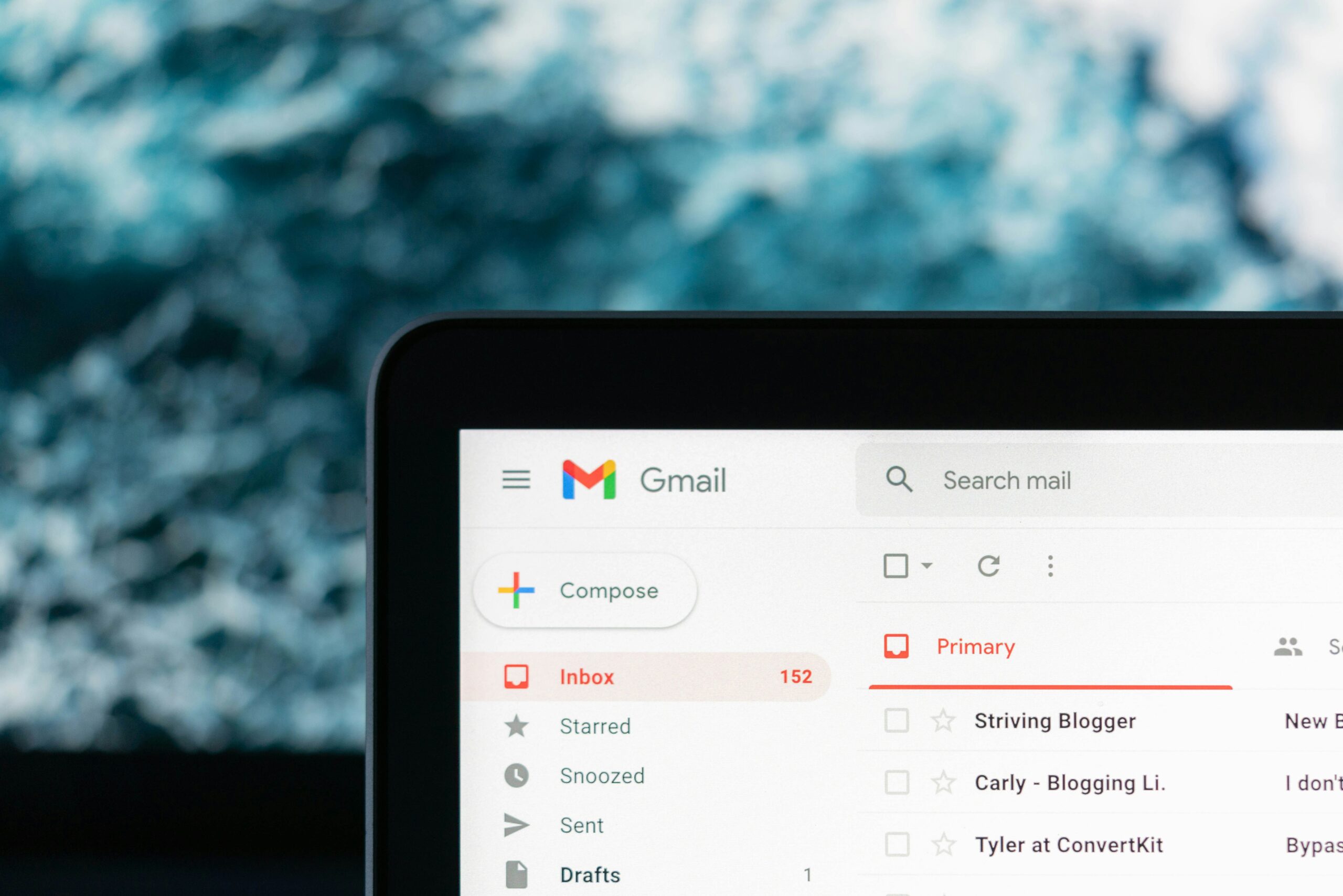
Email Personalisation: The Key to Engagement
Email inboxes are a battleground. And no, we don’t just mean the eternal struggle to catch up with all your opened messages every Monday morning.
Email marketing remains very much on the frontline of digital marketing for one very good reason. With 4 billion+ active users worldwide, email is still by a distance the most-used communications channel. And with email marketing, it’s easy and cheap to reach very big audiences quickly and efficiently.
That explains why 81% of small businesses say they still rely on email as their primary customer acquisition channel, while 80% lean on it for customer retention. It works for the recipients of emails, too. 77% of B2B buyers say they prefer to be contacted by email. 59% of consumers, meanwhile, say marketing emails influence their purchasing decisions, with half claiming to make purchases based on email promotions at least once a month.
In short, email marketing works. But it’s precisely because it does that it has become such a competitive battleground. The average email user receives so many marketing emails these days that Gmail, the world’s biggest email service, even introduced a special ‘promotions’ inbox to keep them separate from the main thread of people’s messages. Not that it always does the filtering job entirely successfully…
The stats show that people still respond well to email marketing. But it can be a love-hate relationship. We’ve all been there. For every message we click open and respond positively to, there’ll be another that frustrates us for daring to clog up our inbox, and gets summarily flagged as spam.
Email marketers, therefore, are always asking themselves one all important question – how do I make sure my email campaign gets my audience onside, and doesn’t get flagged as spam?
This is where email marketing companies have a trick up their sleeve – personalisation.
What is Email Personalisation?
You know when you get a promotional email from a business and the subject line (and message within) starts with your name? That’s an example of email personalisation. A very basic example, but personalisation, nonetheless.
And it works. Studies suggest that personalised subject lines get 26% more opens than those with generic text.
In truth, if you rely on including a person’s name only, your attempts at personalisation are unlikely to get much traction. Personalising an email is about much more than that. First and foremost, it’s about sending content that is relevant to the receiver, that is most likely to get them engaged. This starts by deciding which campaigns to send to who in the first place. But it can also extend into changing content in small (or not so small) ways to suit different audiences.
Benefits of Personalised Email Marketing
We’ve already noted one of the standout benefits of personalisation in email marketing – enhanced engagement as expressed through better open rates.
It doesn’t stop there. If someone opens an email with a subject line that seems to speak directly to them, and then find content that is perfectly relevant to their interests and needs, they are more likely to follow the CTAs and click through to a product page or website. The more opens and clicks you get, the more conversions and sales should follow.
So it is that personalised email content is associated with a 41% higher unique click through rate compared to non-personalised content. Revenue from personalised emails has been found to be up to 5.7 times higher. The fact that the benefits seem to accelerate as you move down the funnel from open rates to conversions/revenue suggests people really are engaged by personalised emails. They don’t just idly click and browse. They stay the course and often end up buying.
Another benefit is that personalised emails reduce unsubscribe rates. This is important, because customer acquisition adds cost. Plus, the longer you keep people engaged, not only are they more likely to spend, but they are likely to spend more, too. So personalisation feeds into loyalty and increasing your customer lifetime value.

How to Personalise Your Email Marketing
Data is key to personalising email campaigns. You can’t include a person’s name if you don’t know it! But that applies on a much broader, deeper level. Email marketing personalisation starts with good customer data management. The goal is to find out as much as you can about your customers, have it ready to use in a CRM database or similar, and then know how to use it.
There are four key approaches to personalising email campaigns using contact data:
Campaign targeting and segmentation
This boils down to sending the right emails to the right people. Based on the information you hold about your contacts – demographics, the history of their relationship with your brand (including purchases), their preferences and behaviours – you can choose to send different emails to different people.
To give a simple example. Email campaigns based on reactivation or reengagement are great ways to check in with people you haven’t had much contact with in a while, and perhaps entice them back with a specific offer. But this would look a little weird if regular customers who made a purchase from you only last week received it, wouldn’t it?
Using contact history data, you can easily filter to send to only those people who haven’t purchased from you (or opened an email or visited your website) within a specified period time. This is called segmentation. You can segment by any data you have available and mix and match as you go. It’s a really powerful tool for ensuring you are always sending carefully targeted, relevant emails.
Tags
Tags use the data you hold in your CRM or contact database in a different way. They are in effect a simple bit of code that tells email software to pull in a specified piece of information from the database. This is how you insert a person’s name. Stick the data attribute or field you want in brackets – [FIRSTNAME] or {FIRSTNAME} – and voila, the first name linked to each email address you send to appears in place of that tag.
Tags are great for achieving that basic level of personalisation when you’re sending emails in bulk and writing a personalised introduction manually would take forever.
Dynamic content
This is a more sophisticated approach that combines elements of segmenting and tagging. It’s based on the principle of different people receiving different things. But whereas segmenting is used to send whole emails to specified groups only, dynamic content means you can send the same email to everyone but change whole chunks of content depending on who receives it.
Like segmenting, you specify who sees what based on contact data. Like tagging, it drops different content into the email (not the contact attributes though, but alternative content). It’s great for personalising offers and CTAs. You might vary the promotion depending on whether the customer is a long-term brand loyalist or a newbie. You can alter the CTA based on where people live. You can include different links to funnel people to different landing pages.
Triggers
Triggers take email personalisation beyond just what you send and to whom, but also throws when you send it into the equation. A really simple example is sending customers a birthday greeting by email. That’s an automation trigger that is linked to the date you have for their birthday in your contact database.
Other examples include cart abandonment emails, which encourage people to pick up where they left off if they add items to a basket but then don’t buy. In B2B sales and marketing, triggers are extensively used as part of sales CRMs to get the timing of a follow up email right, to make sure the message suits the stage the deal is at, but also to capitalise on when a contact might be most primed to move a deal forward.
Conclusion
The importance of personalisation in email marketing can be summed up like this: if you send the right message to the right people at the right time, you’re much more likely to get the responses you want. Personalisation starts with knowing your costumers and utilising data in the right way. Whatever personalisation approach you use, the focus always has to be on relevance, and reaching out to people with something that has a value to them.
Talk to our digital marketing team about other ways to boost engagement with your audiences.



